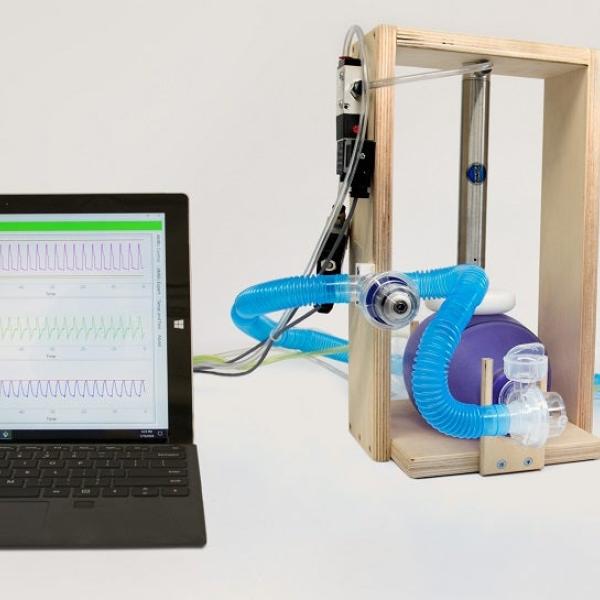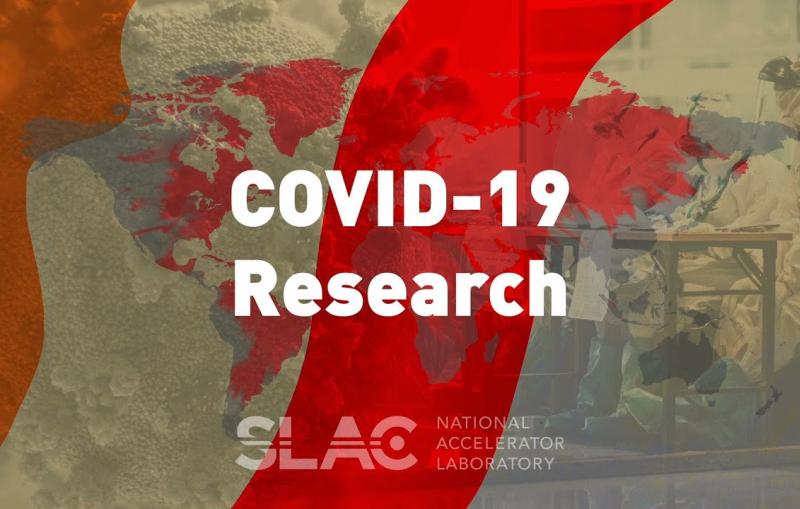0:00
our project started when two of our
0:03
founding members one physicist
0:05
and one doctor came together and saw the
0:08
shortage of ventilators on our planet
0:13
so we've gone through all the fda
0:15
requirements
0:16
and check them one by one to see if we
0:19
indeed achieve
0:20
those requirements we tested our
0:23
ventilator not only
0:24
on simple test lungs but we also went
0:27
to simulation center of the va hospital
0:30
together with
0:31
two physicists and two doctors we spend
0:34
about
0:35
two days working on 29 different
0:38
scenarios
0:39
because we want to make sure that any
0:41
patient on our ventilator
0:43
actually is being held so our
0:46
ventilator is affordable easy to build
0:49
everywhere on the planet
0:51
and safe and that makes our ventilator
0:56
unique
1:01
you






